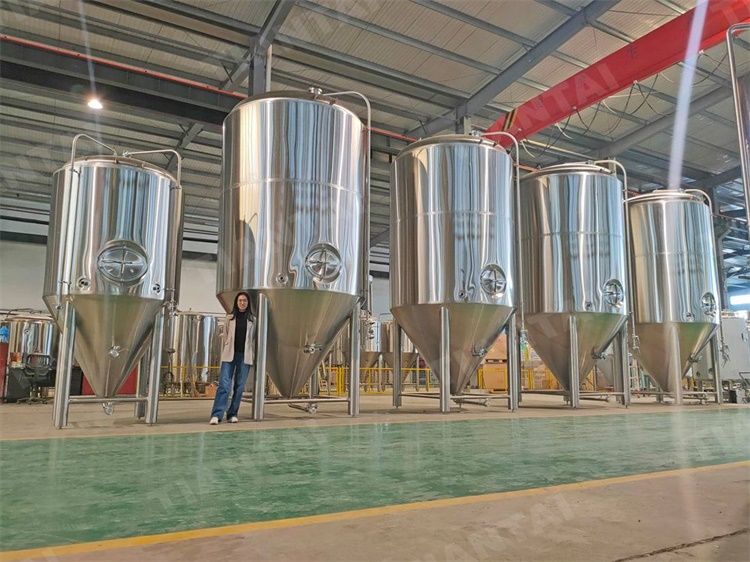.jpg)
Wet Milling System
Wet milling is a process that involves the addition of water to malted grains to create a slurry, which is then mechanically processed to extract fermentable sugars. The wet milling system offers several advantages:
Enhanced Efficiency: Wet milling typically achieves higher extract efficiency compared to dry milling. The addition of water aids in breaking down the grain structure, resulting in better sugar extraction.
Improved Mash Temperature Control: Wet milling allows for precise control of the mash temperature, ensuring optimal enzyme activity and consistent sugar extraction.
Reduced Dust and Waste: This method produces less dust and waste, contributing to a cleaner and more environmentally friendly brewing process.
Lower Risk of Contamination: The closed, controlled environment of the wet milling system minimizes the risk of contamination.
Dry Milling System
Dry milling, on the other hand, involves grinding malted grains into a powder or fine flour without the addition of water. Dry milling has its own set of advantages and considerations:
Simplicity and Space Efficiency: Dry milling systems are often simpler and require less equipment, making them space-efficient and cost-effective.
Faster Process: Dry milling is generally faster than wet milling, as there's no need for the hydration and mixing steps.
Reduced Equipment Maintenance: Dry milling systems can be less prone to wear and tear on equipment compared to wet milling, as there is no exposure to moisture.
Dust Generation: One of the primary drawbacks of dry milling is the generation of dust, which can pose health and safety concerns and may require additional ventilation and dust control measures.
Key Considerations for Brewers
Product Quality: Wet milling tends to result in a better yield and higher product consistency due to improved control over the mash temperature. However, the choice between wet and dry milling may also depend on the specific brewing process and desired beer characteristics.
Equipment Investment: Wet milling systems often require more specialized and complex equipment, which can be a significant upfront investment. Dry milling systems are more straightforward and cost-effective.
Space and Efficiency: Breweries with limited space may benefit from the space efficiency of dry milling systems, while larger operations might opt for wet milling to maximize efficiency and quality.
Dust and Environmental Factors: Dry milling generates dust and may require additional measures to control dust emissions and maintain a safe work environment.
The choice between wet milling and dry milling in brewing equipment is not one-size-fits-all. Brewers need to carefully consider their specific needs, scale, and desired beer characteristics when making this critical decision.
Contact Information:
Email: [email protected]
Contact Person: Emily Gong



.jpg)


Get In Touch